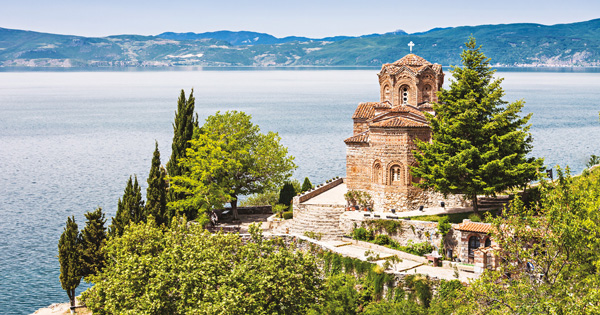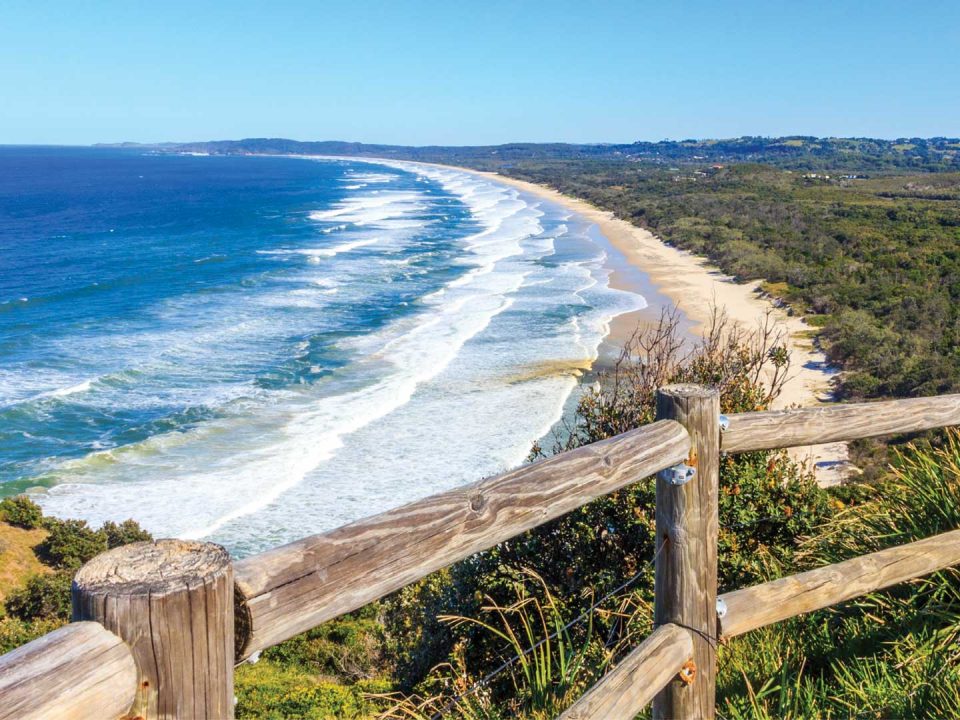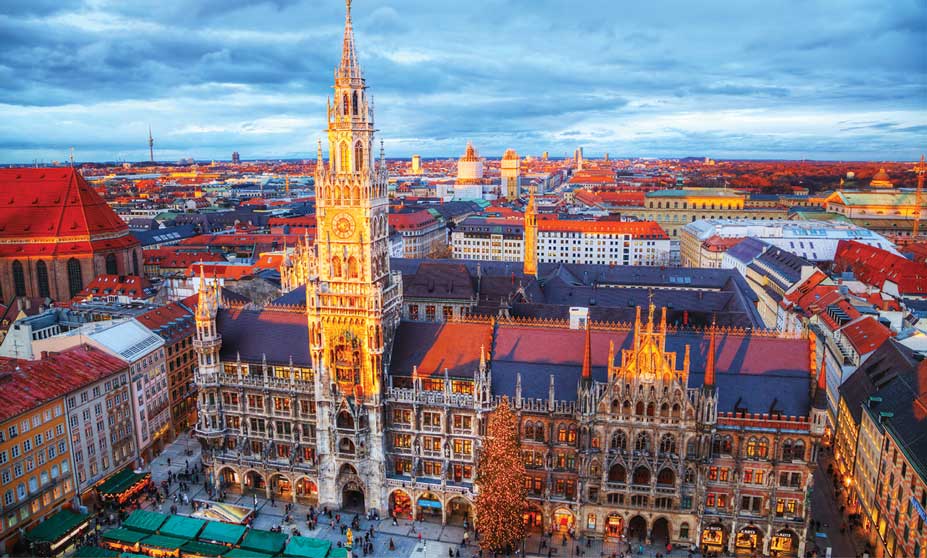ALEXANDER’S KINGDOM

TALKING SPACES
February 28, 2020
The Philippines Island Voted the Best in the World
March 2, 2020In Alexander’s kingdom
Sandip Hor recommends a visit to North Macedonia to experience its cultural mix

The Republic of North Macedonia in the Balkan region of Southeastern Europe geographically occupies about two-fifths of ancient Macedonia, which was a famous kingdom in classical Greek antiquity. Now, the rest of the region belongs to neighbouring Greece and Bulgaria.
Forming a complex border between the major cultural traditions of Europe and Asia, Macedonia has been ruled by several conquerors since ancient times – Romans, Byzantines and Slavs, as well as the Ottomans who occupied the land for almost 500 years until the early 20th century.
As a result, North Macedonia, which declared complete independence from the former Yugoslavia in 1991, is part Balkan and part Mediterranean, and infused with Greek and Ottoman influences. Lonely Planet has recommended it as one of the top 10 destinations to visit this year.
OLD TOWN SKOPJE The first place any visitor heads to in Skopje is the eclectic suburb of Čaršija. This is the Old Bazaar or Ottoman quarter, evoking the city’s past with its winding lanes packed with mosques, bazaars, kebab stalls, teahouses and shops of different kinds. Built in 1492, the Mustafa Pasha Mosque is the star attraction because of its magnificent colonnades, towering minaret and impressive interiors.
CAPITAL – SKOPJE Located on the upper course of the Vardar river and guarded by the Skopje Fortress or Kale, the city has plenty of activities to keep tourists busy. The city has undergone a major renovation, and replaced out-of-date Yugoslav architecture with several gleaming neoclas-sical buildings complete with ornate columns and rooftop figures of fairies. They are located around Macedonia Square, which is dominated by the 15th century Stone Bridge and an array of statues. Perhaps the most important statue is that of legendary conqueror of the world Alexander the Great who was born in ancient Macedonia.

SEE SAINT TERESA A ‘must visit’ is the Memorial House of Mother Teresa. Perhaps better-known as Saint Teresa of Calcutta, the Nobel Laureate was born in Skopje and lived there for 18 years before moving to Kolkata in India to work as a missionary for the rest of her life. The numerous exhibits include photographs, doc-uments and personal items. Of particular interest is her childhood in Skopje with her family.
OHRID THE CITY The picturesque lakeside settlement of Ohrid has medieval churches, monasteries, ruins of castles and traditional houses with red tiled roofs. Not to be missed are the magnificent fresco paintings inside the 11th century Church of Saint Sofia.










